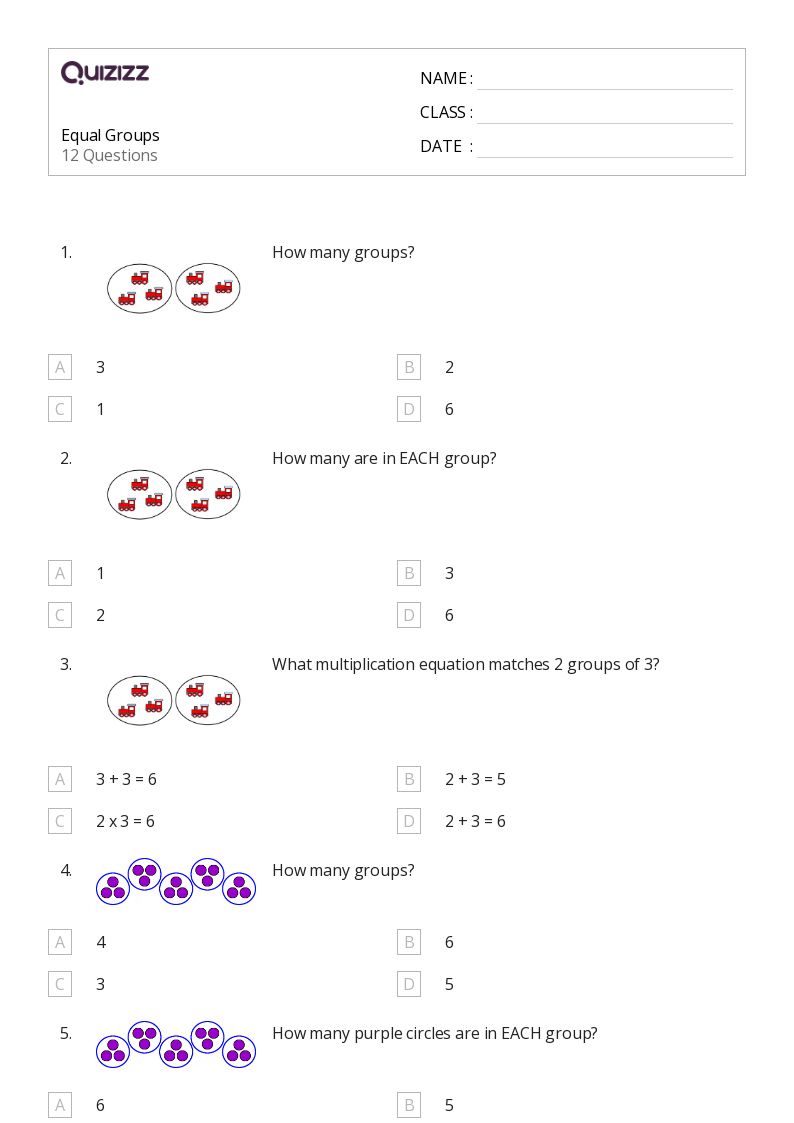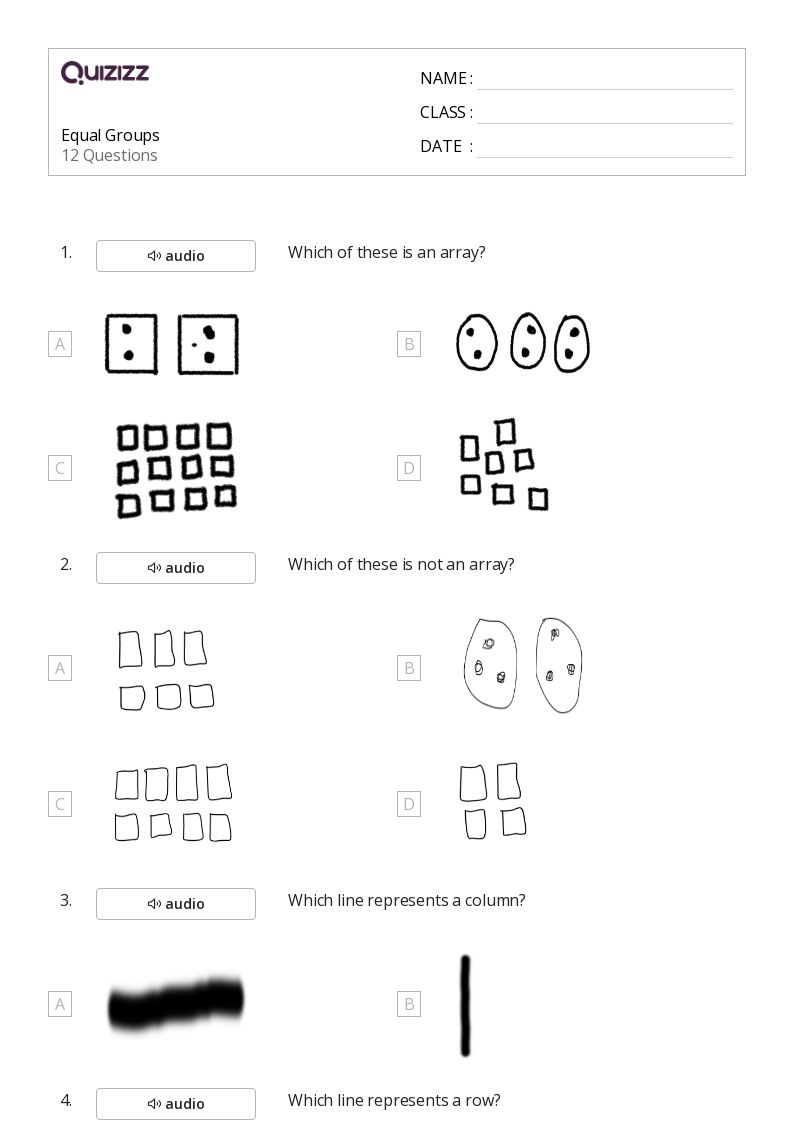
12 Q
2nd

10 Q
2nd

15 Q
2nd

12 Q
2nd

11 Q
2nd

8 Q
1st - 2nd

50 Q
2nd

42 Q
2nd

10 Q
KG - 2nd

15 Q
2nd - 3rd

15 Q
2nd

10 Q
2nd

11 Q
2nd - 4th

12 Q
2nd

12 Q
2nd - 4th

20 Q
2nd - 4th

15 Q
2nd

10 Q
2nd - 3rd

15 Q
2nd

12 Q
2nd

10 Q
2nd

39 Q
2nd
Explore Equal Shares Worksheets by Grades
Explore Other Subject Worksheets for grade 2
Explore printable Equal Shares worksheets for 2nd Grade
Equal Shares worksheets for Grade 2 are an essential tool for teachers looking to enhance their students' understanding of math, specifically fractions. These worksheets provide a variety of exercises and activities designed to help young learners grasp the concept of equal parts and how they relate to fractions. By incorporating fraction models into the worksheets, students can visualize the process of dividing shapes and objects into equal shares, making the concept more tangible and easier to comprehend. Teachers can use these worksheets to supplement their lesson plans, assess students' progress, and provide additional practice opportunities for students who may be struggling with fractions. With a focus on Grade 2 math, these equal shares worksheets are tailored to meet the needs of young learners and support their development of crucial mathematical skills.
Quizizz is an excellent platform for teachers to access a wide range of educational resources, including Equal Shares worksheets for Grade 2, as well as other math-related content. The platform offers various interactive quizzes and games that can be used to reinforce students' understanding of fractions and fraction models. Teachers can easily customize the content to align with their lesson plans and monitor student progress through Quizizz's real-time analytics. In addition to math, Quizizz also offers resources for other subjects, making it a one-stop-shop for teachers seeking engaging and effective educational materials. By incorporating Quizizz into their teaching strategies, educators can provide a more interactive and enjoyable learning experience for their Grade 2 students, ultimately leading to a deeper understanding of equal shares and fractions.
